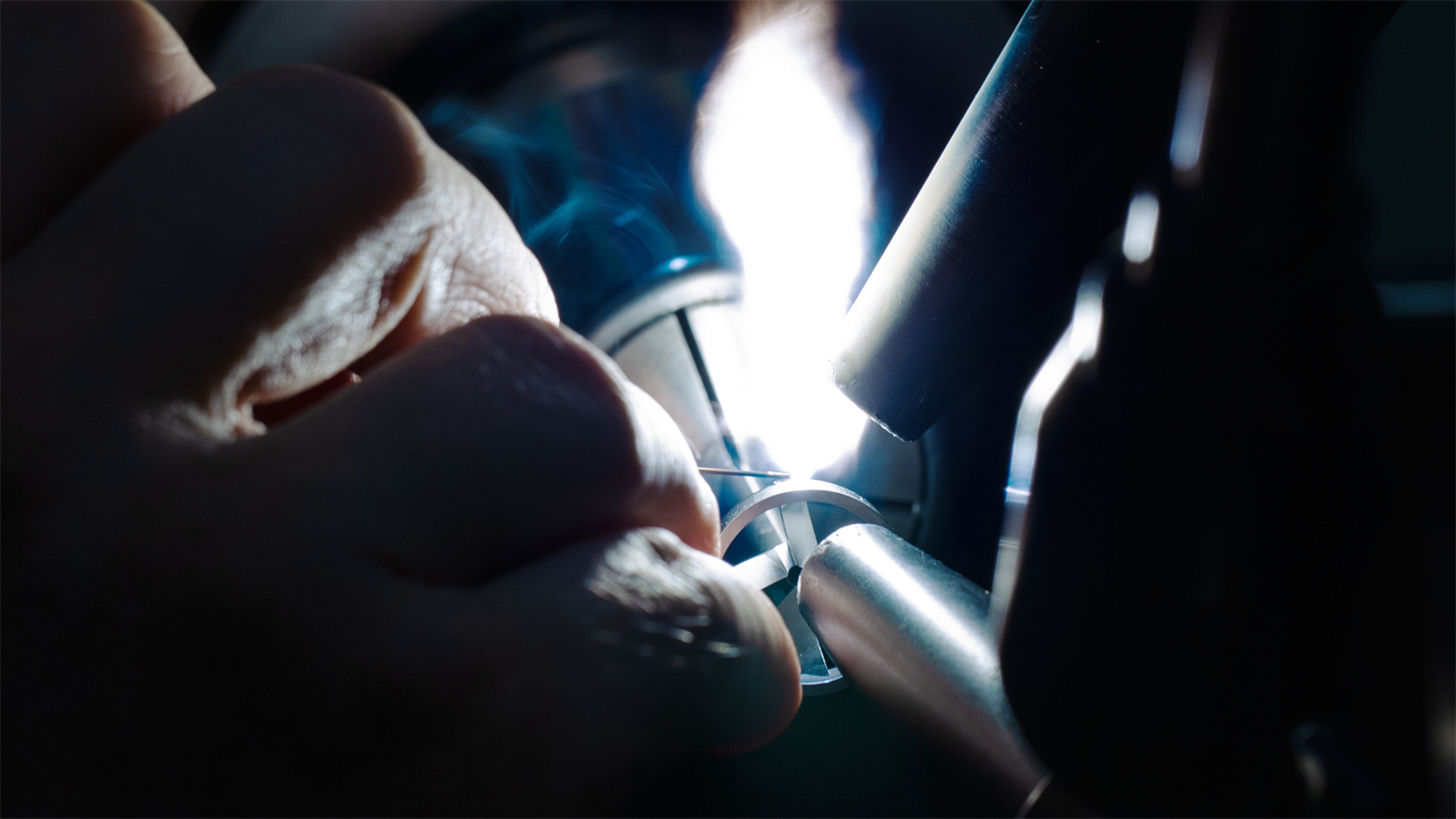Filler infeed welding
We make even the seemingly impossible possible
In contrast to ordinary laser welding, in filler infeed welding an additional filler material is fed in. This allows the materials to be welded with crack-free welds even when their condition lies outside the metallurgical limits.
Daily Business:
More and more components are being designed to be welded with filler material infeeding. The main arguments in favour of welding with filler material are
- increased load-bearing capability of the weld seam,
- the facility to weld disparate materials to each other,
- the option to weld materials with crack-free welds even when those materials lie outside the metallurgical limits and
- the ability to weld components even where a slight gap exists between them.
Pulse formation:
By means of pulsation, the intensity and energy input of the melting dynamic can be adjusted. Factors such as the heating of the surface, the start of welding, the geometry of the melt bath and a optimised cooling phase are different for every material and are dictated by the shape of the individual laser pulse.
Laser welding in the cleanroom:
For applications with increased cleanliness requirements, we use cleanrooms in accordance with VDA 19 and ISO 8. We offer additional operations such as assembly, testing, vacuuming and packaging under clean room conditions are validated processes performed by trained employees.
Field of application:
Filler infeed welding is used when the materials of the components cannot be welded with a crack-free seam unless filler material is supplied or if the weld seam is going to be subjected to particularly high forces. A further application is the repair of damaged or worn components, where for instance indents are filled or worn areas built up with weld.

The advantages to you:
- Joining similar materials
- High strength
- Oxide-free weld seams
- Aesthetic weld seams of superior quality
- Crack-free and pore-free joints

Andrea Sapora



